MATERIALS
PERUVIAN LEATHERS
Leather is a strong, flexible and durable material obtained from the tanning, or chemical treatment, of animal skins and hides to prevent decay. The most common leathers come from cattle, sheep, goats, and equine animals.
The most commom leathers we can source here are:
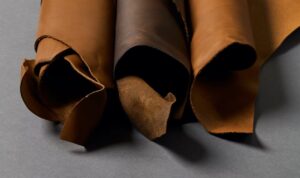 Crust leather and raw leather hides are materials that are tanned but not yet fully finished so they can be customized and further worked. Usually crust leather for sale comes from vegetable tanning that compared to chrome tan is more customizable, it can be used both in the natural version or dyed by hand to obtain special and beautiful effects.
Crust leather and raw leather hides are materials that are tanned but not yet fully finished so they can be customized and further worked. Usually crust leather for sale comes from vegetable tanning that compared to chrome tan is more customizable, it can be used both in the natural version or dyed by hand to obtain special and beautiful effects.
 (often called Nappa leather) is a leather noted for its soft feel, derived as it is from calves, lambs, and kid goats, which have soft hides.
(often called Nappa leather) is a leather noted for its soft feel, derived as it is from calves, lambs, and kid goats, which have soft hides.
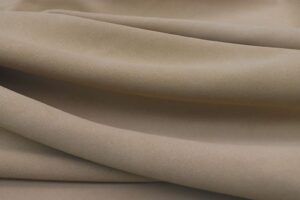 Suede leather has a unique feel and look among leather types. It’s the soft and fuzzy underside of hide. The suede material is made by turning leather upside down so this fuzzy side is face up.
Suede leather has a unique feel and look among leather types. It’s the soft and fuzzy underside of hide. The suede material is made by turning leather upside down so this fuzzy side is face up.
How Is Suede Made?
Suede is really a type of split leather – in fact, it the innermost layer of the hide. Most commonly, it comes from sheep, but also from goats and calves. Thicker hides have the same feel but become shaggier, rather than the preferred napped feel.
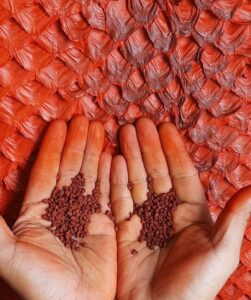 The fish skins are from different species and are the recicling of the artisanal fishermen that our registered supplier pays for at a very fair price, giving the artesanal fishermen an additional income they did not have before.
The fish skins are from different species and are the recicling of the artisanal fishermen that our registered supplier pays for at a very fair price, giving the artesanal fishermen an additional income they did not have before.
We do not depredate. All the skins used are trated and tanned with their own formulas without any chemicals using only 30 to 40% of wáter incomparison to a nomral industrial tannery.
These fish skins are then dyed with ancestral techniques and natural dyes such as the purple corn, coffee, sedes and annatoo, etc.
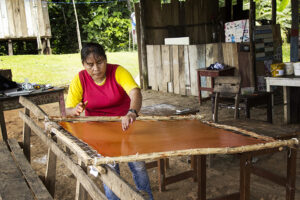 This is new bio-leather made in a base of native latex worked with the ancestral amazonic techniques and communities and made from the shiringa trees. This producto contributes to the conservation of the Amazon and empowers communities.
This is new bio-leather made in a base of native latex worked with the ancestral amazonic techniques and communities and made from the shiringa trees. This producto contributes to the conservation of the Amazon and empowers communities.
The benefits are:
- It is a sustainable alternative to animal leather.
- It is a biotextile with a social ambiental impact
- It is a flexible and resistent material
- It is a reciclable material.
Cotton
Peruvian cotton is prized for its combination of softness, strength, and versatility, making it a preferred choice for high-quality textiles around the world.
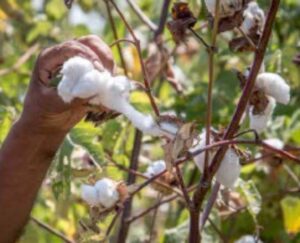 Pima Cotton is one of the finest fibers on the planet. The fibers are much longer than conventional cotton fibers, so they maintain their shape, hold color, and stay soft for longer without pilling.
Pima Cotton is one of the finest fibers on the planet. The fibers are much longer than conventional cotton fibers, so they maintain their shape, hold color, and stay soft for longer without pilling.
 Tanguis cotton is a high quality cotton native to Peru which combines durability with softness making it a number one choice for all types of garments
Tanguis cotton is a high quality cotton native to Peru which combines durability with softness making it a number one choice for all types of garments
CHAMBIRA PALM NATURAL FIBERS
Chambira is one of the most important palm species for the indigenous communities of the Peruvian Amazon rainforest, characterized for being remarkably strong and resilient. The fiber is hand collected, spun, dyed and knitted by the Boras women, to ethically empower both their traditions and protection of the Amazon rainforest’s heritage for future generations
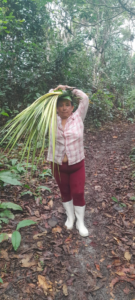
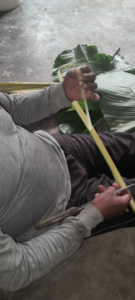 The process to prepare the fiber takes 4 weeks non-stop. After it is collected, it needs to be separated into strings by hand, washed, dried, washed again and finally dried in the sun before dyeing. When the colour is ready, hand spinning begins.
The process to prepare the fiber takes 4 weeks non-stop. After it is collected, it needs to be separated into strings by hand, washed, dried, washed again and finally dried in the sun before dyeing. When the colour is ready, hand spinning begins.
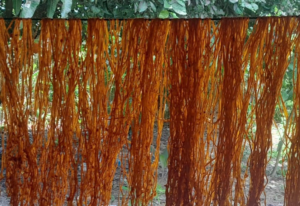
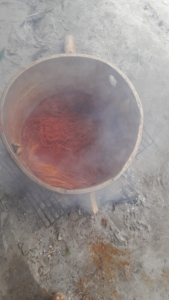 Dyes are prepared locally and the work is done in community . A beautifull variety of colors can be obtained using only natural sources of the area. All colors are unique and may vary from dye lot to dye lot.
Dyes are prepared locally and the work is done in community . A beautifull variety of colors can be obtained using only natural sources of the area. All colors are unique and may vary from dye lot to dye lot.
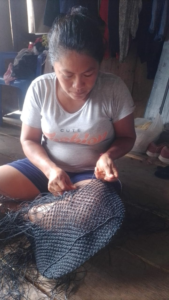
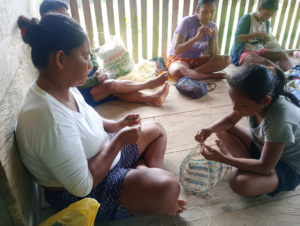 The signature ancestral kniting method is crafted by needle and knot by knot. The fiber can also be used in other knitting methods such as macrame or crochet . Chambira resists even salty water and is very versatile. With thick threads they make rope for boats. With thin threads they make jewelery.
The signature ancestral kniting method is crafted by needle and knot by knot. The fiber can also be used in other knitting methods such as macrame or crochet . Chambira resists even salty water and is very versatile. With thick threads they make rope for boats. With thin threads they make jewelery.
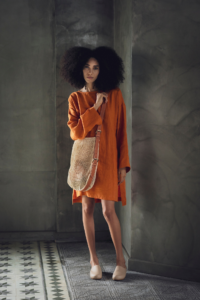 The fiber is very vesatile . We have previous experience in fulfilling orders to the best of our habilities. Each design is unique and exclusive to our clients , we believe in client confidentiality and also ensure their designs are protected and not copied in the future.
The fiber is very vesatile . We have previous experience in fulfilling orders to the best of our habilities. Each design is unique and exclusive to our clients , we believe in client confidentiality and also ensure their designs are protected and not copied in the future.












